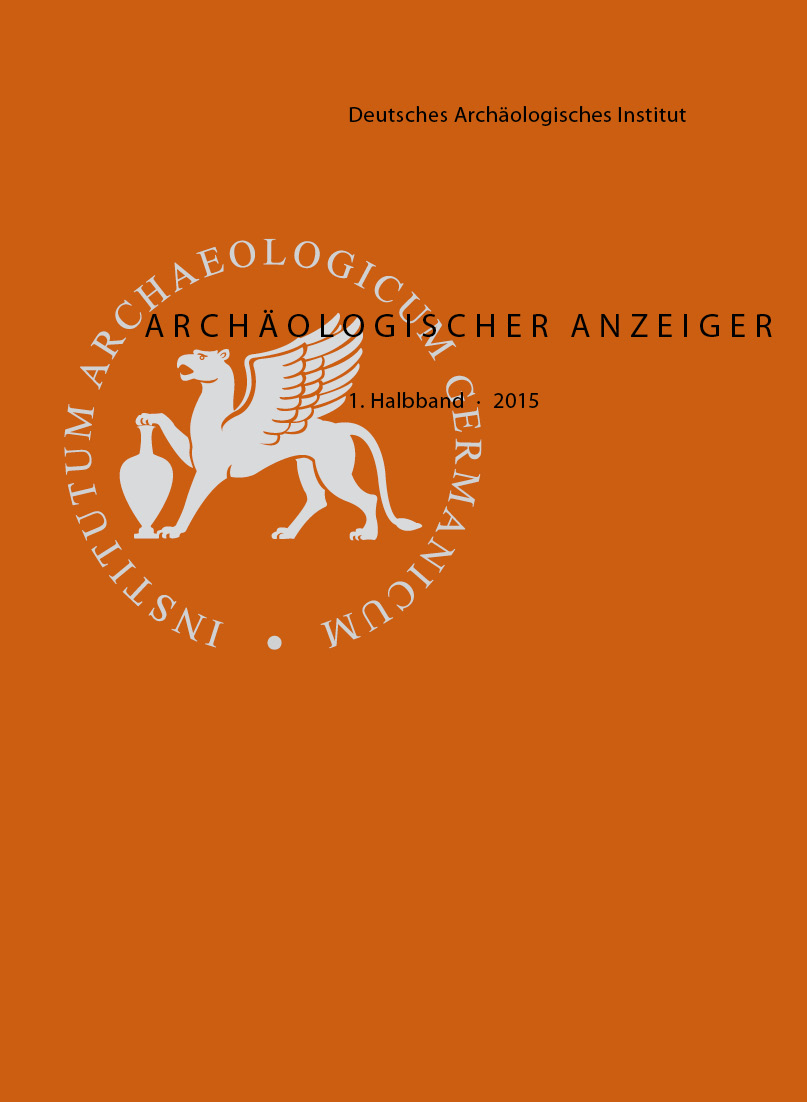Early Arachnes – the Origins of Reckoning Time in Greece
https://doi.org/10.34780/w162-g724
Abstract
This article compares several Greek sundials of the 4th and 3rd cent. B.C. that afford new insights into the astronomic world-view of the age and the early division of the day. It describes in some detail a fragment from Olympia that can be dated to the 4th cent. B.C. and was conceived for hours of equal length irrespective of the season, as is generally still the case today; a sundial from Phalara that dates from the late 4th to early 3rd cent. and is only partly successful in dividing daytime into the twelve temporal hours throughout the year; and a disc from Paros, in which the construction process for temporal hours was correctly carried out, but was incorrectly rendered on the disc by the stonemason. It is notable that all the sundials are of the equatorial type and presumably derive from older Egyptian vertical sundials.Keywords:
sundials, hours, Olympia, Phalara, ParosDownloads
Published
2017-07-18
Issue
Section
Artikel
Bibliographic Information and Reviews
How to Cite
Herrmann, K., Sipsi, M. and Schaldach, K. (2017) “Early Arachnes – the Origins of Reckoning Time in Greece”, Archäologischer Anzeiger, 1, pp. 39–67. doi:10.34780/w162-g724.


